By: Joseph Gleasure [ Instagram ]
Foreword by XEONIQ [ Instagram | Tumblr ]
Foreword
The Supermodern Wardrobe has been a popular reference text in the techwear community for years, regarded as a visual bible of “grail” pieces for those who collect vintage functional garments. Eventually, the associated term “supermodern clothing” spawned its own grassroots hashtag on social media, with hundreds of outfits being posted with roughly the aesthetic of “techwear” minus the hypebeast streetwear component. However, there has not really been a significant attempt at reviewing the piece outside of a handful of Amazon reviews, which range from “disappointingly superficial” to “an amazing curation of fashion history”. My friend Jo, who first introduced the book to me, has done a handful of scans of the kinds of images featured in the book along with a brief summary of its content and then a critique of supermodern and its use in fashion. But first, I wanted to write a brief foreword of what the book, and more importantly, the term “supermodern clothing” means from my perspective.
To keep things short, personally, the most important part of Bolton’s Supermodern Wardrobe lies in its introduction. From my understanding of it, the supermodern represents the spaces between places that we commute between; amongst legion of fellow commuters, all of us strangers sharing public thoroughfares and transport. Hooded parkas, sunglasses, earphones, face masks: all barriers we wear to create a kind of mobile barrier against our fellow travelers. Surging populations, long a predicted outcome of the future, result in shrinking access to private space; which we adapt to as consumers via our outfits.
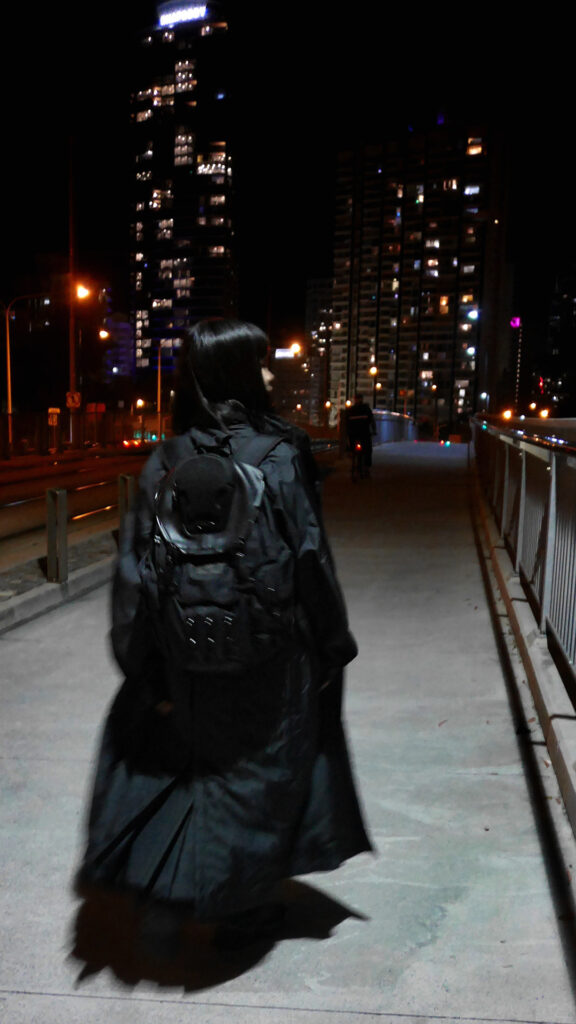
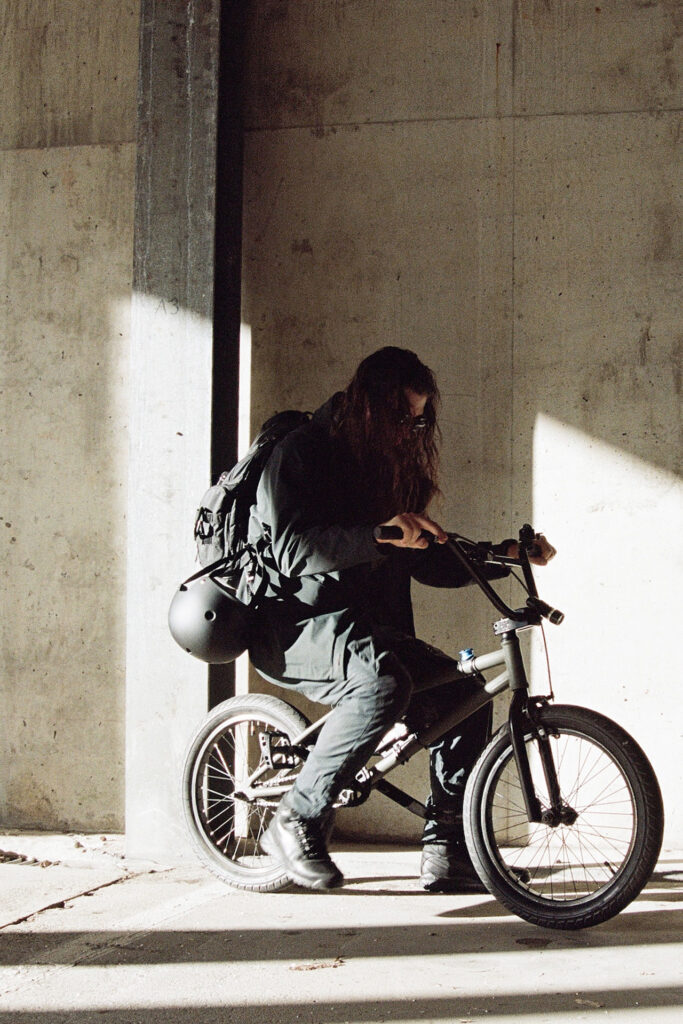



Ever put on a pair of earphones to drown out conversations on a train? Ever wear a gaiter or face mask (a very controversial if not emotionally charged item post-COVID-19) for protection on the way to work? Ever felt comfort in the anonymity afforded to putting up your hood while walking home? Those are all choices in items you wear based on a sociologically supermodern need.
Bolton’s Supermodern Wardrobe provides a consumerist-materialist summary of the fashion industry’s attempts to satisfy that afore-defined sociological need for a barrier with other people. And thus, with that understanding of the introduction, I saw “supermodern clothing” as something far more relevant and inclusive as a fashion movement than techwear’s obsession with zippers, pockets and water-resistant textiles, or the even more shallow brand-specific communities that tried to lay claim to the scene.
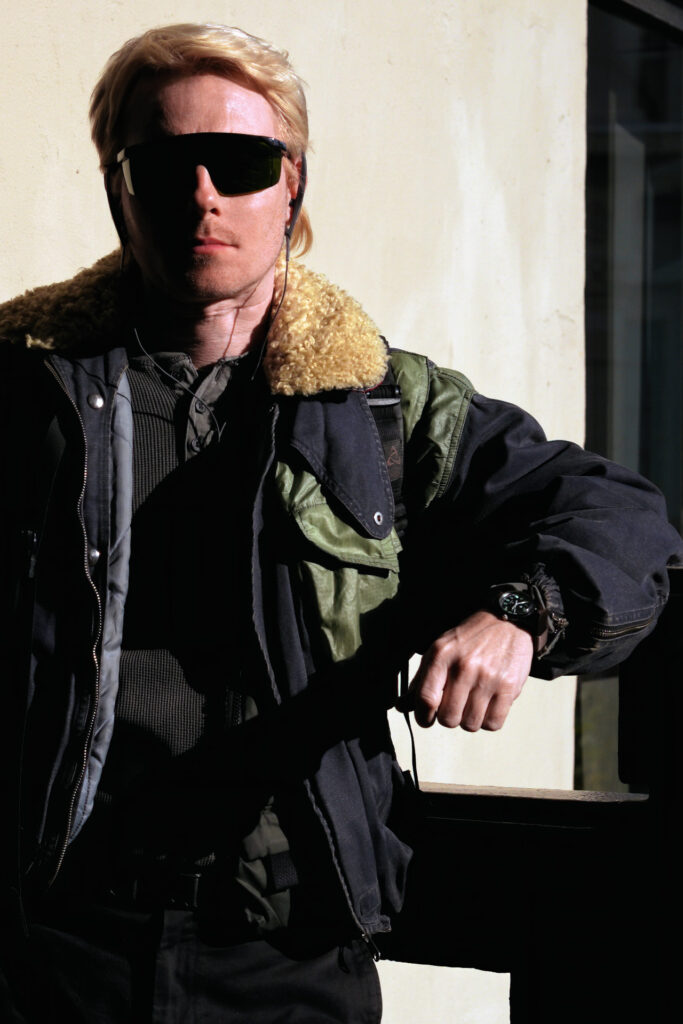

As I had always been mixing performance sportswear with vintage designer clothing from Issey Miyake, Final Home, C.P. Company and other labels that were featured in Supermodern Wardrobe, this supermodern clothing namesake was a decent fit with my own view of what futuristic clothing could be as contrast to “hype” sneaker releases and uninspiring FOMO-marketed streetwear that started to dominate the techwear community and aesthetic.
As far as the actual book goes, the supermodern “mindset” turned out to be more valuable to me than the, admittedly very well done, product and editorial photography in the text itself. It works as a coffee table book at the very least, but don’t be expecting any new imagery that you couldn’t get from a reblogger account on Instagram. Now, I’ll leave a more thorough introduction and critical review of the book’s author and themes to Jo.
– XEONIQ
Supermodern Clothing: A Synopsis of the Book
Andrew Bolton’s early aughts compendium of technical fashion, The Supermodern Wardrobe has served as one of the seminal books for menswear enthusiasts since publication. Published in 2002, it attempted to offer a comprehensive exploration of the then-contemporary landscape of fashion as it related to the development of Supermodernism in design. Bolton poignantly observed that in an era of rapid and unpreceded technological change, fashion was undergoing stylistically similar changes and sought to make sense of them.
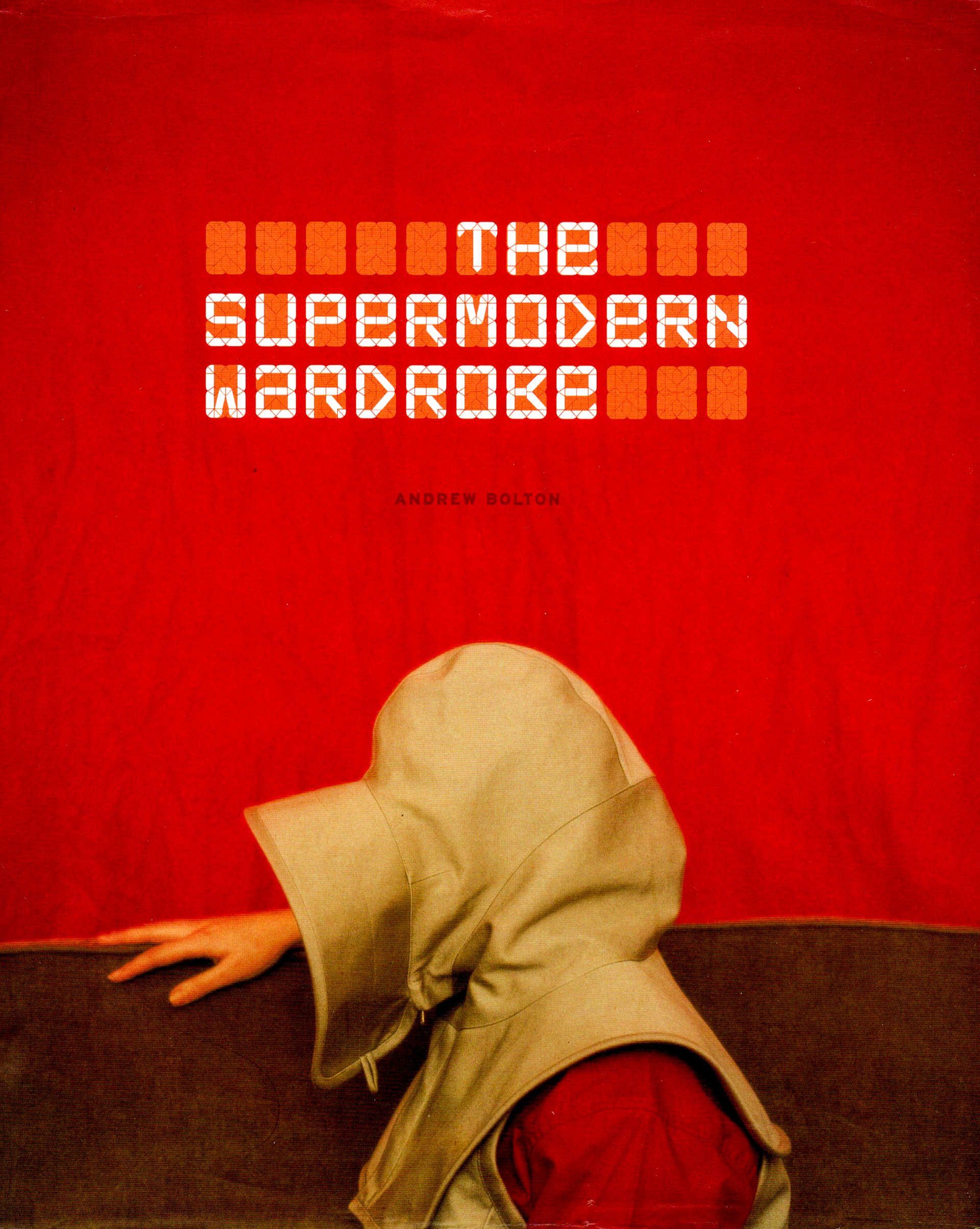
Most of the book is dedicated to the exploration of clothing in a new kind of emergent space that drew the interest of anthropologists and designers in the early 21st century: Commuter wear and professionally minded technical clothes aimed at modern workers who needed cutting-edge design. Embedded portable technological structures like watches, cell phones, and compasses hidden in nylon pockets with PVC windows alongside modern tailoring designed for increased ranges of movement and breathability, water resistance and quick drying are frequently featured throughout. The design theories behind such garments, such as those surrounding uniforms and workwear, are also interrogated as Bolton connects the clothes and their creators with the world at large.
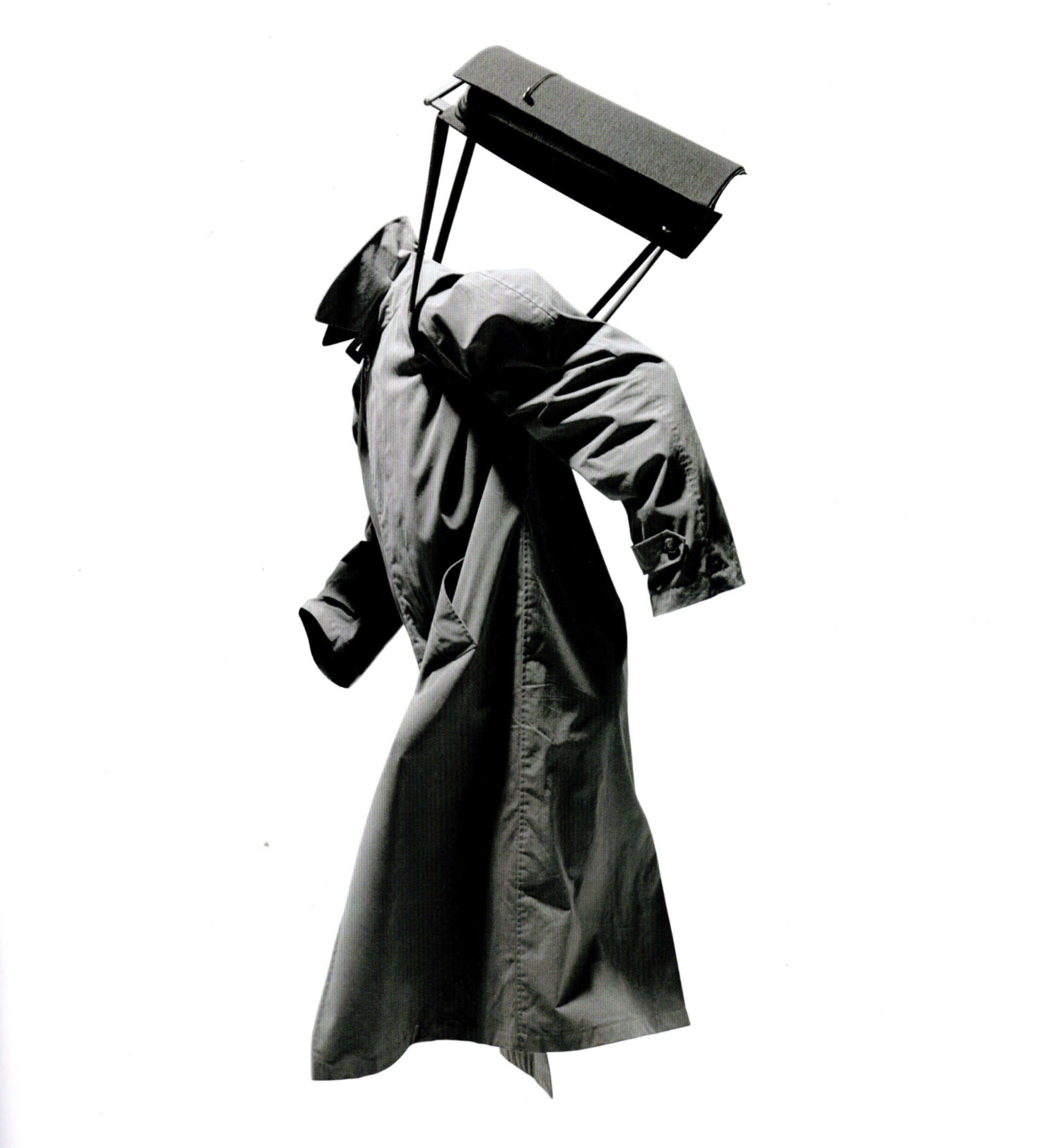
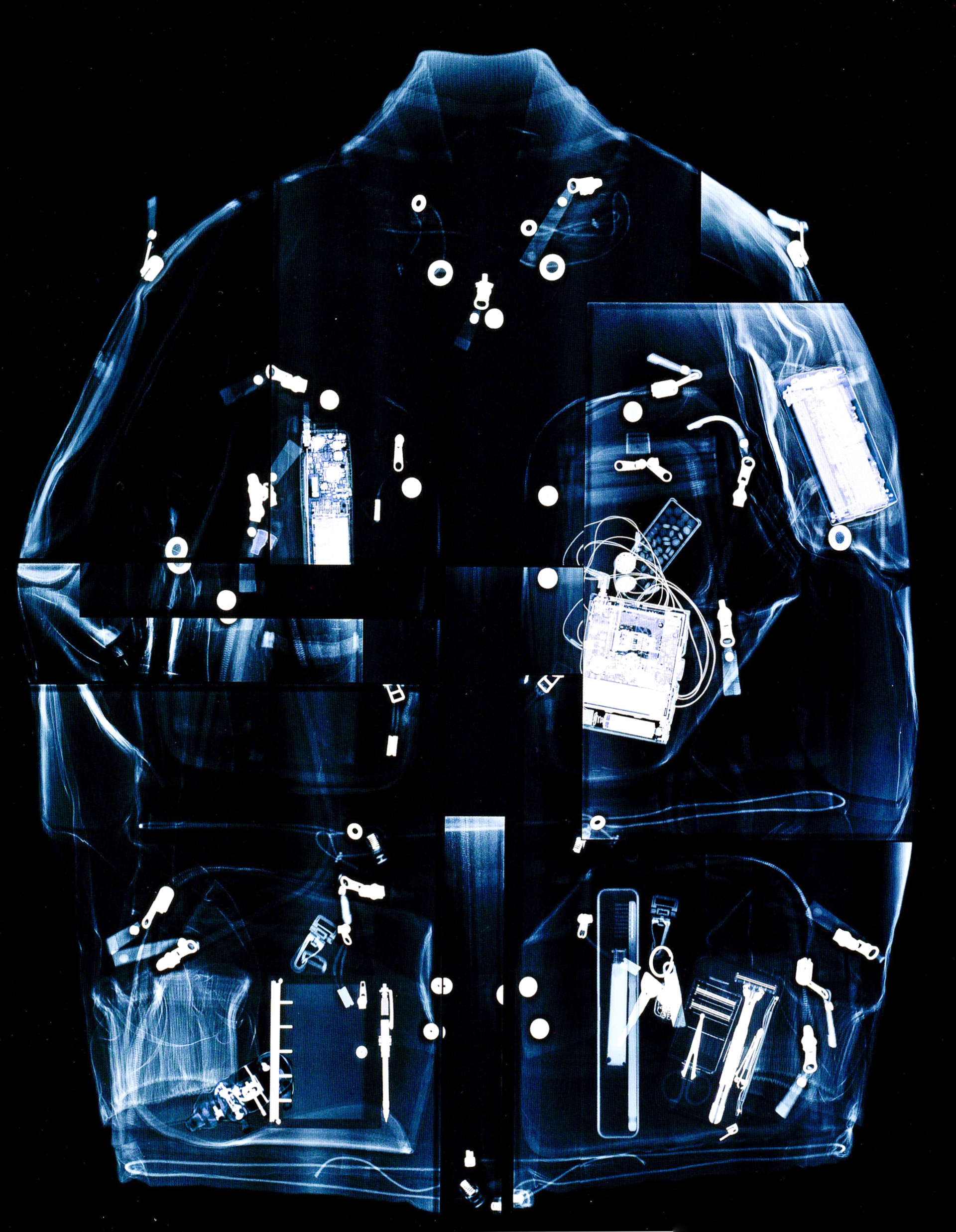
Written in the afterglow of the anxieties the globalization of the 1990s wrought on the developed world, The Supermodern Wardrobe addresses the changes to the fashion industry multiculturalism and increased connectedness brought to it. During the last decade of the 20th century, corporations and intellectuals both struggled with the implications of an interdependent world. Noam Chomsky notably argued that industrial capitalism would create a world defined by enhanced dependence, inequality, and exploitation. For those in the business world, globalization was not viewed as cynically, but it was recognized that the world would forever be altered and bear little resemblance to the past. Bolton’s interview with Lucy Orta at the end of the book touches on these anxieties of globalization as well as many of the overlooked effects on urban space, such as poverty, refugees, migration, and shelter. Perhaps her most recognizable pieces to those in the fashion world are the oft-referenced (and copied!) Refugee Wear (1992) and Collective Wear (1994). Which consist of garments intended to act as a shelter for the wearer or wearers that are then displayed or installed in the transitory spaces that Bolton discusses throughout.
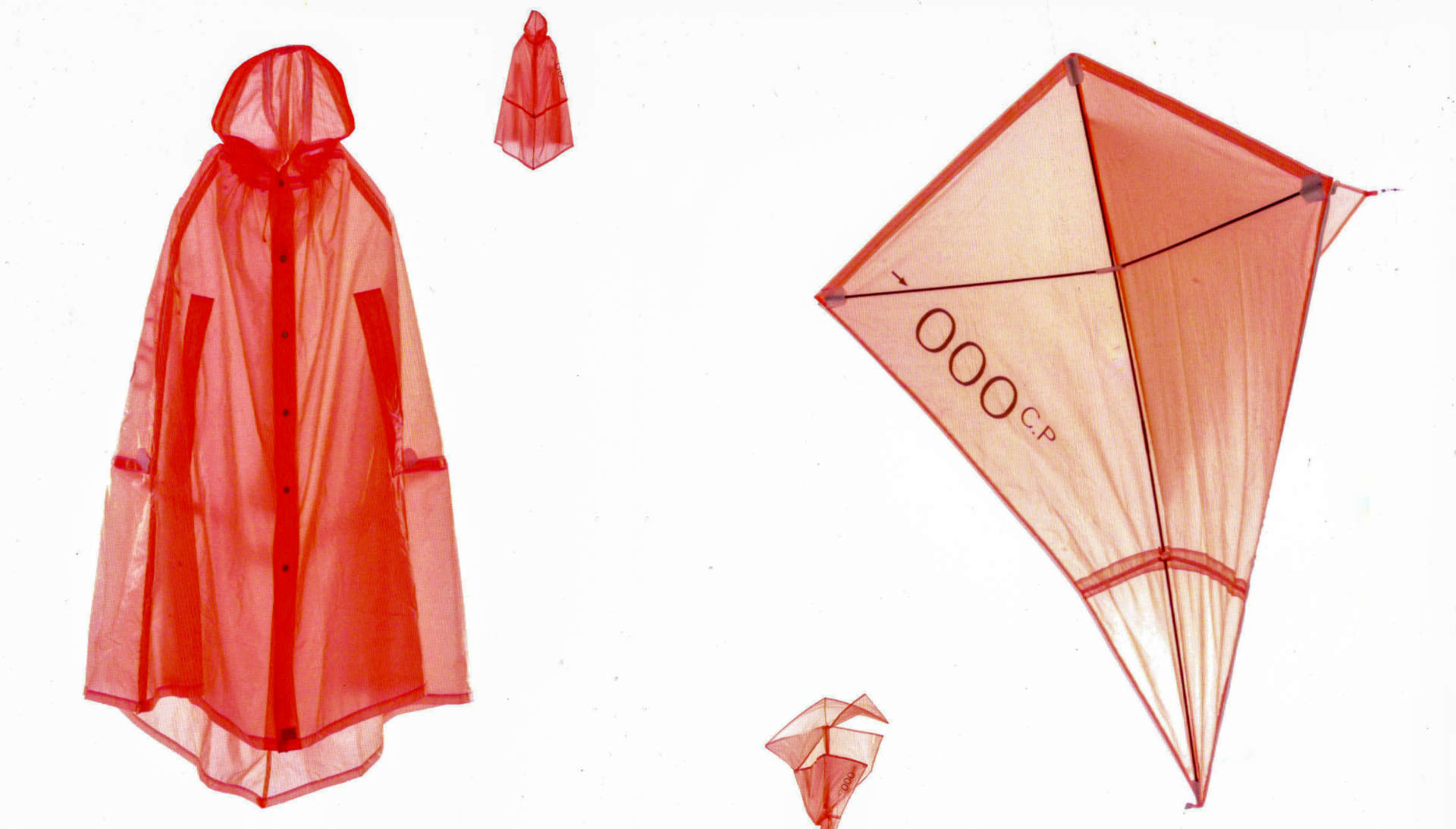
Orta’s work addresses the book’s underlying theme that fashion drew on the margins of the apparel industry as a new source of design inspiration during the nineties and early thousands. Increased influences from militaria, civilian uniforms, and various deadstock and found materials from alternative design industries had their meanings renegotiated and transformed by designers into new forms of conceptual fashion. Although lacking the normal cachet of legitimacy normally conferred by uniforms, the development of quasi-uniforms by designers such as C.P. Company and their Urban Protection range -which took garments like Field Jackets and Bee Farmer Smocks and repurposed them for civilian use- has been, as Bolton observes, massively influential on fashion. The theory of a quasi-uniform for urban workers developed by the supermodernists later proved instructive for contemporary designers like Kiko Konstandinov and Post Archive Faction. The developments of supermodernism, its reflections on globalization, integration of utilitarian garments, and application to new kinds of urban space have also since served as a framework for contemporary technical fashion trends such as Techwear and GORPcore.
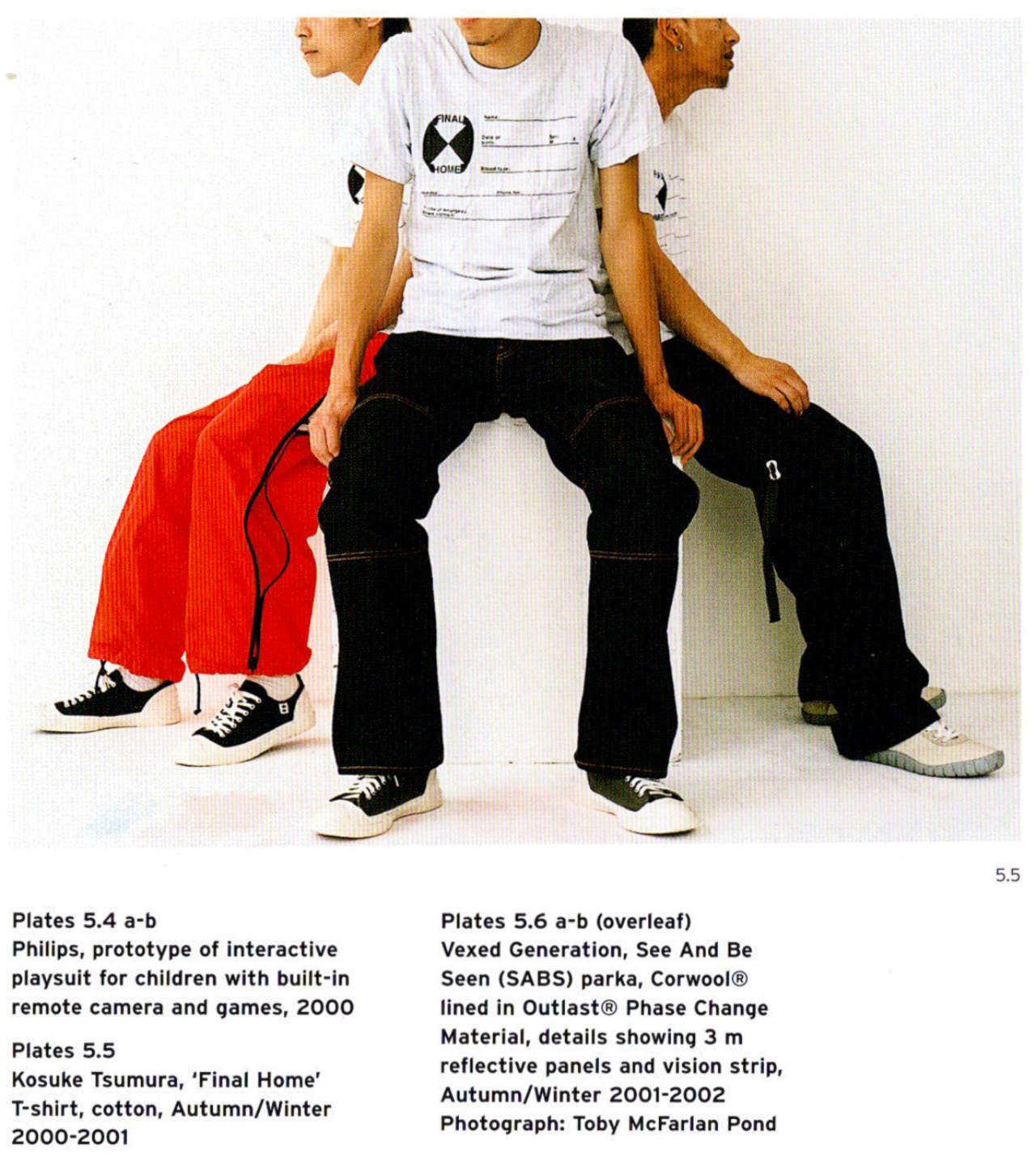
The Supermodern Wardrobe’s influence and popularity have long outlived its print run, with recent listings on Amazon demanding several hundred dollars for a copy. Serendipitously, I previously purchased a copy on the eve of Art of the In-Between, Bolton’s lauded retrospective of Rei Kawakubo. Bolton infamously, is one of the only researchers to grasp the elusive Kawakubo’s work (much to the chagrin of the Japanese designer). However, the Bolton of Art of the In-Between is a very different Bolton to that of The Supermodern Wardrobe. The book is meticulous in its depth of knowledge. Discussing the full breadth of the fashion canon, it gracefully traces a lineage from mid-century design innovations (largely in womenswear) to what was then contemporary fashion 50 years on. Despite this, it is a far cry from Bolton’s more recent works. The Supermodern Wardrobe is best viewed as a primer and introductory text and an artefact of supermodernism rather than a bible of technical fashion that readers might use today.
Supermodern: A Critique
Supermodernism was a philosophical school of thought that emerged from the writings of continental philosophers such as Michel Foucault. Foucault observed an ongoing proliferation of space that is completely distinct (in rules, culture, and logic) from its surroundings. Marc Auge later expanded on Foucault’s concept of “Other Spaces,” coining the terms “Supermodern” and “Non-Place.” Auge defined supermodernism as an excess of space, information, and, paradoxically, individualization, claiming that this phenomenon found its natural expression in the transitory nature of what he referred to as non-places. Space where human activity occurs but lacks the significance to be called a “place.” Commuter terminals such as bus stops, train platforms, and airports were obvious examples of this, but in the aftermath of globalization’s homogenizing effects on space, the supermarket and the shopping mall took on the character of non-places. These concepts were internalized and applied by designers, architects, writers, and artists throughout the 1990s and into the early 2000s. Architecture in particular, took to supermodernism in a phenomenological sense, refuting the symbolism or idealism of earlier movements instead focusing on the experience of place itself.1

The Supermodern Wardrobe discusses the foremost brands of the early 2000s that were reacting to this new kind of space and providing groundbreaking solutions while speculating on where clothing might find itself in the future. The book is a masterfully curated collection of the most innovative brands of the late 1990s, organizing their work into 8 sections, with each one examining a specific set of design considerations relevant to supermodernism. While daring, inspirational, and often avant-garde, much of the design covered by Bolton is, at best, conceptual wear unsuitable for actual users. This finds itself at odds with the ethos of supermodern design, which is steeped in practicality and enhancing the user’s ability to experience space (if not function and thrive). In many cases, the designs covered by the book don’t’ actually address the real needs of the consumer. While mildly contrary to the book’s theme, this is ultimately a point of interest. Rather than focusing on a set of brands creating purpose built products for consumers, it offers up examples of designs that take a single need case to its aesthetic extreme. C.P. Company’s wearables are as beautiful as they are unusable, and Naoki Takizawa’s detachable hoods are clever yet wouldn’t keep you dry. The book covers most, if not all, of the most important supermodern brands but often does it in the superfluous style that one might come to expect of those twenty-dollar Taschen books littering Amazon. Excellent for a quick rundown, but at 140 or so pages, enthusiasts might find themselves wanting.
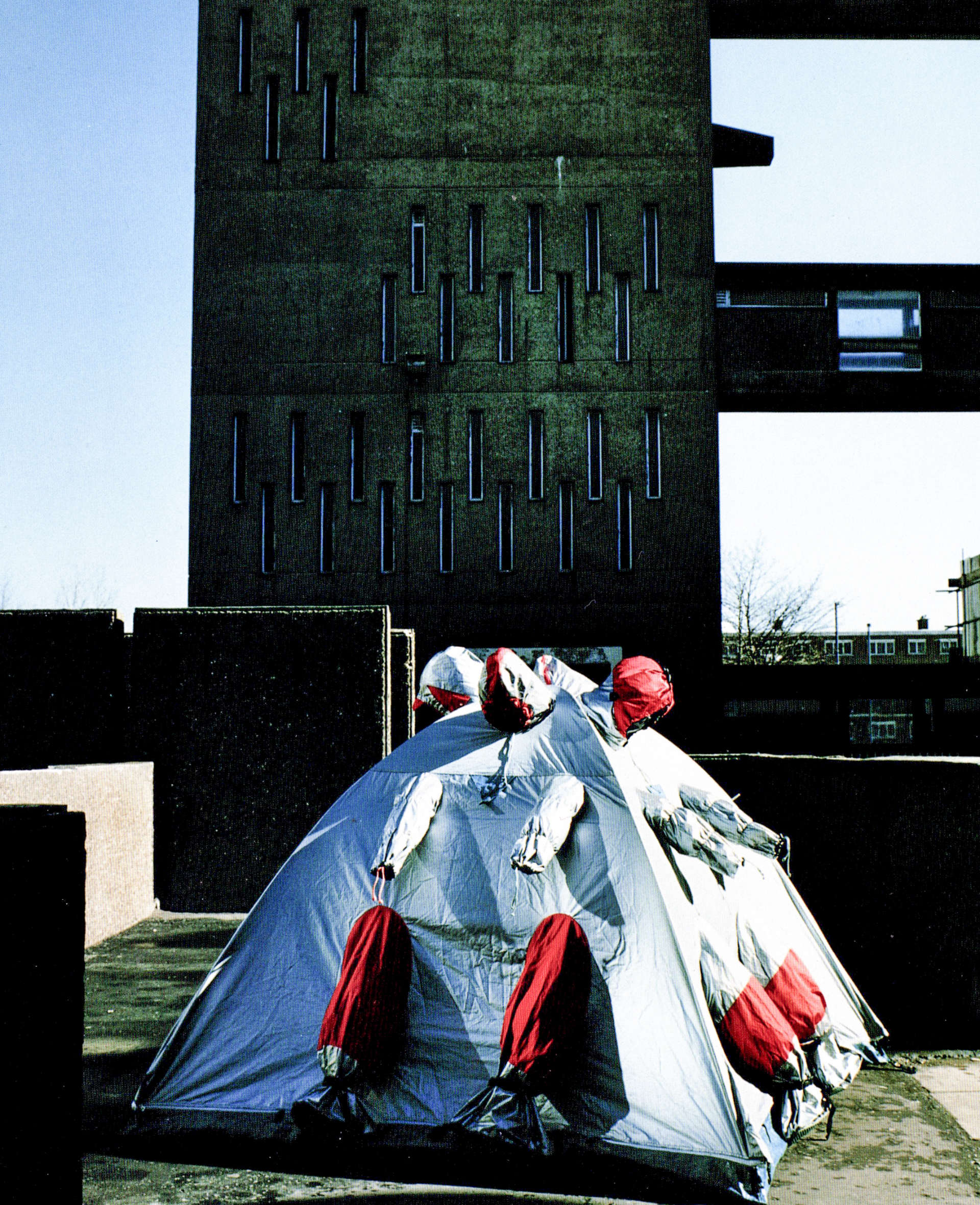
Recognizing supermodernism is instructive to understanding how technical fashion has developed over the last 25 years, but attempting to classify anything as such today is futile. Bolton examines a period of time when designers were dealing with radical and impending changes to the world around them and the space their designs occupied. What he found was a vanguard of inventive and eclectic designers whose ideas, while formative for many, have long since been eclipsed. Simply because fashion’s relationship to space has changed dramatically in the decades that followed. While specific technical innovations and design details are still relevant for these environments, the environments themselves have long since been subsumed by digital or virtual space. Fashion will always be concerned with context, that is, the time and space it exists in, but ask yourself, does Demna worry about what people wear in the supermarket or what people wear on TikTok? The Supermodern Wardrobe is a brief glimpse into a context that seems totally alien to us today; despite the fact these non-spaces still exist, our relationship with them has permanently changed. Bolton’s work is best viewed as introductory and hopefully inspires readers to explore more of the last three decades of technical fashion.
1 Notable examples include Rem Koolhaas’s Masterplan for Utrecht University and Jean Nouvel’s Cartier Foundation (which fittingly would host garments by Issey Miyake in 1998).
Fair Use Statement: This article contains images hosted without express permission from their copyright holders. These images are provided for illustration purposes to support an informational objective. This should constitute fair use of any such copyrighted material.
If you enjoyed this article, supporting SHELLZINE by any amount can be made via the link below. Your contribution is completely optional and all funds help cover the website’s growing hosting costs and enable further original content creation without the use of advertisements. Secure payments by all major card types, including Google Pay and Apple Pay, are supported.

